Male Lion, Kenya
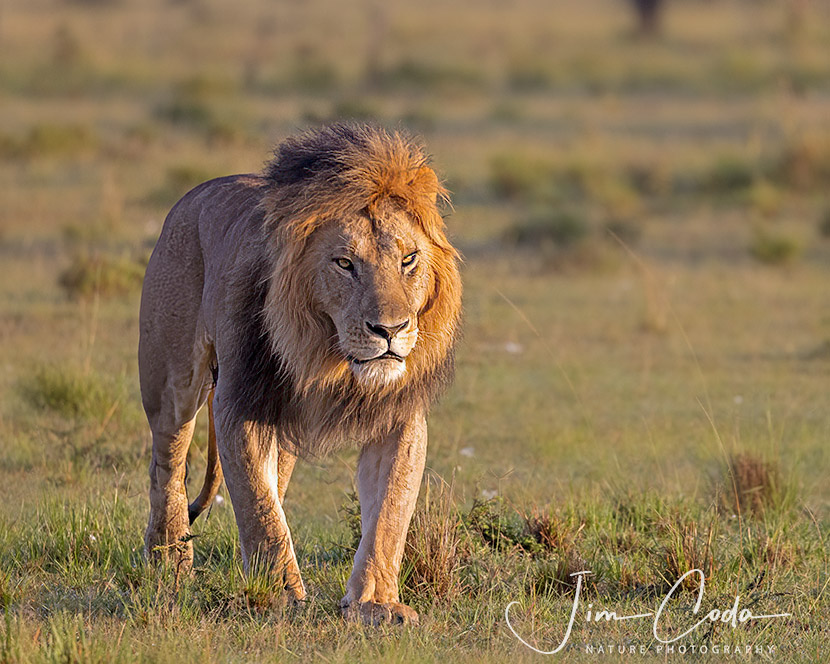
A male lion walks toward the rising sun in the Olare Motorogi Conservancy in Kenya. These lands are just outside the northern border of the Maasai Mara National Reserve.
This site is dedicated to wildlife and landscape photography.
This site is dedicated to wildlife and landscape photography.
This site is dedicated to wildlife and landscape photography.

A male lion walks toward the rising sun in the Olare Motorogi Conservancy in Kenya. These lands are just outside the northern border of the Maasai Mara National Reserve.
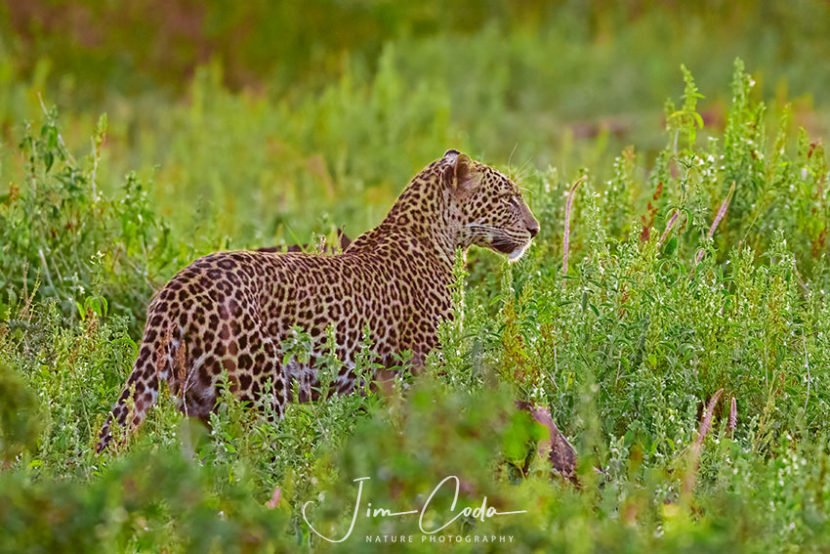
I posted this photo a while ago. The sun was setting and, while the color of the vegetation looked great, the leopard’s coat looked “off” color-wise. So, I’ve re-worked it.
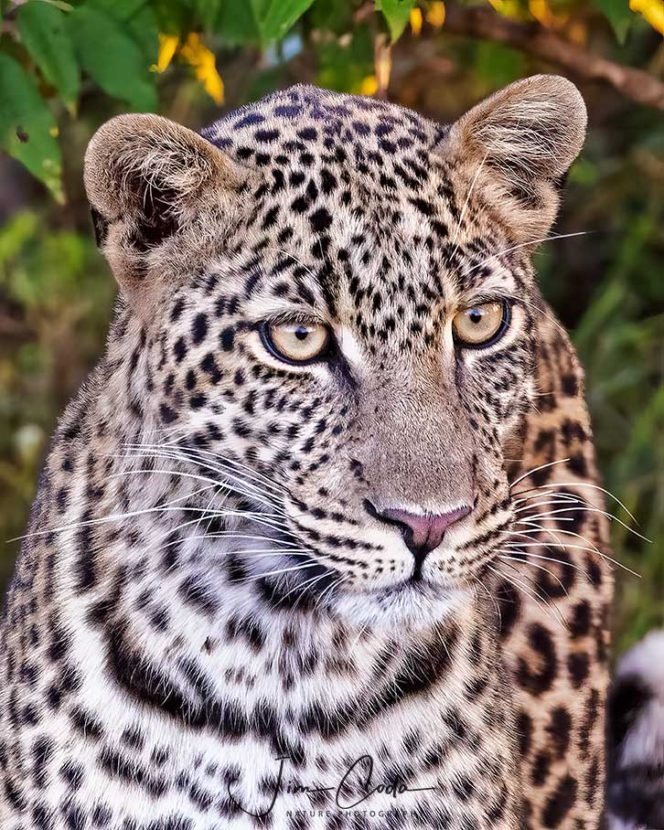
I photographed this leopard just as she was coming out of an area of trees and thick brush. A river runs through it. Of the three females and one male leopard I photographed in my eight days in the Ol Kinyei and Olare Motorogi Conservancies, she was my favorite because she gave me the most opportunities for photographing a leopard. My guide, George Letoluo, and I followed her as she walked along the river on the outer edge of the vegetation and, after a while, she re-entered the vegetation. Fortunately, it was more open than where we first spotted her. At that point she stopped for several minutes and posed, beautifully, on a fallen tree. It was one of the best photo ops I’ve ever had. George later told me they call her “Kini” which means small in Swahili.
As I looked at this photo I remembered that some leopards have blue eyes. I saw a TV nature show that had a blue-eyed leopard in it. Then I got to thinking, how would this leopard look with blue eyes? So, I decided to see. First, I had to get on the internet and see exactly what shade or hue of blue those blue-eyed leopards have. Then, I had to refresh my memory on how to change colors in Photoshop. Another trip to the internet. There are a few different ways to do it. Each has its strengths and weaknesses. The one I chose is Hue/Saturation. It’s fairly simple and in case anyone is interested, here’s how it works.
CHANGING A COLOR IN A PHOTO
First, click on the black and white “cookie” at the bottom of the layers panel in photoshop and then click on Hue/Saturation.
Second, in H/S click on “Master” in the drop-down menu and choose a color below it that seems closest to the color you want to change. For the leopard’s eyes I chose yellow. Master is not a choice as it changes all colors at once.
Third, grab the left-most eyedropper in H/S and click once on the color you want to change, namely the leopard’s golden eyes in my case.
Fourth, now move the hue slider with your mouse. Go slow or you’ll go past the color you want. When you do that notice how it affects the two parallel color bars. The top bar reflects the color you want to change, and the lower one the color you want the current color to change to. In my case yellow and blue respectively. I wish Adobe would allow using the arrow keys to move the slider in small increments.
Fifth, you’re almost done. But you will probably notice that you have affected some other areas of your photo with your new color. Several spots in my leopard photo turned somewhat blue. If so, grab the brush tool from the tool panel (or tap the “b” key) and paint with black over the photo where you don’t want your replacement color showing. If nothing is happening, make sure that in your tools panel that black is the top color, not white. The quick way to go from black to white and white to black is by tapping the “x” key. Sometimes that new color will be very subtle, so it’s best to paint over every square inch of the photo, except where you want your chosen color to show. (Confession: after I finished, I noticed I missed painting a faint blue area under her right jaw with black.)
That’s all there is to it. The thing I like most about it is that with Hue/Saturation, unlike some other methods, you don’t have to fuss with little corrections of what is selected like I always have to do when using the object selection or quick selection tools. I’ve sometimes wondered if a pen tablet or pen display would make that fussy work easier.
Anyway, without further ado, here’s my blue-eyed leopard.

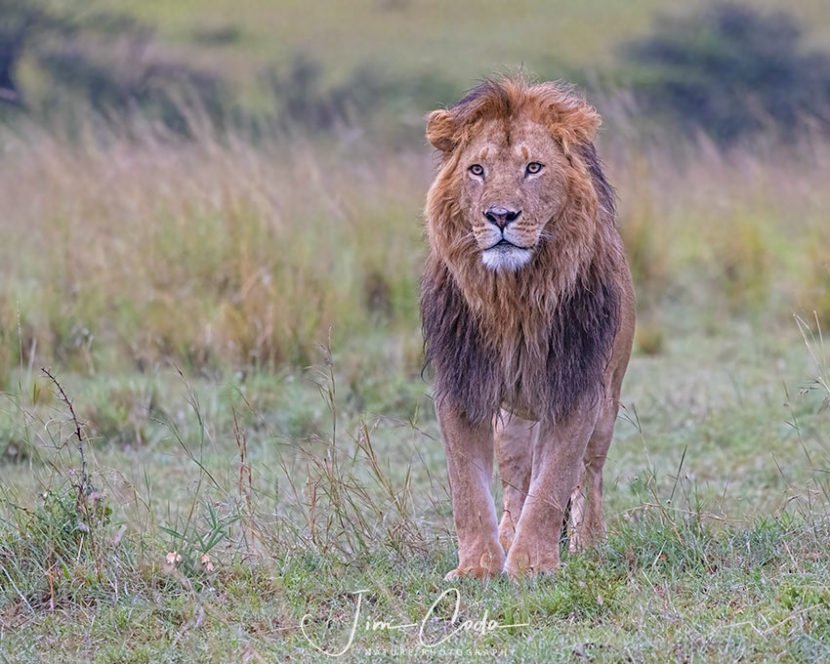
Here is a lion that I saw every day while shooting in the Olare Motorogi Conservancy in Kenya. He co-leads a pride with another male of about the same age. I don’t recall if they are brothers or just partners to give themselves a better chance of holding onto the pride.
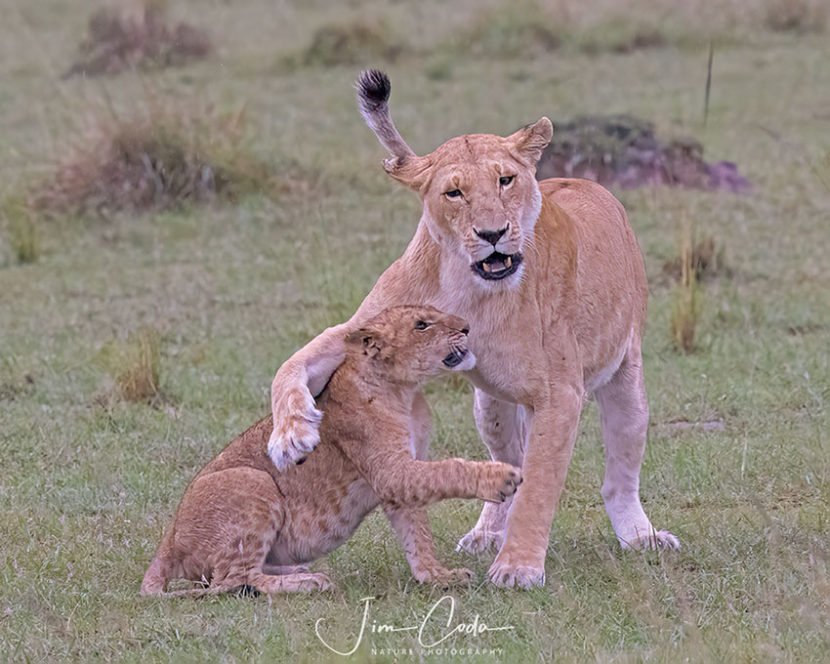
A lion cub practices its fighting skills with an impatient adult. Cubs need to learn to survive and fighting is part of that. Most cubs don’t make it to adulthood.

I love observing and photographing cheetah cubs at play. This cub was very entertaining.
One of the interesting things about all cheetahs is the tear tracks. I checked to see if there was anything written about why those tear tracks evolved and found that of all the big cats their hunting is almost always limited to daylight hours and the tear tracks help their eyes cope with the glare of the sun. Their tear tracks act like the black grease and tape used by some athletes when they play day games. Evolution is an interesting subject.
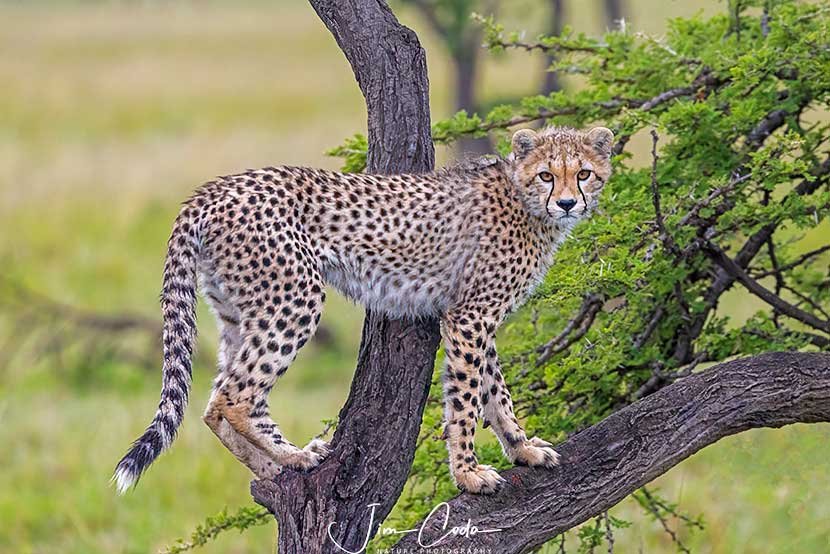
I photographed this cheetah cub in Kenya’s Olare Motorogi Conservancy just north of the Maasai Mara Reserve.
I’ve become a big fan of these Kenyan conservancies which I knew nothing about until last spring. The conservancies are lands owned by Masai, which were used exclusively for ranching/farming and are now being allowed to revert back to natural conditions. Safari companies lease these lands from the Masai people at rents equal to or more than what the Masai would make ranching and farming them. Plus, the Masai people are hired to staff virtually 100% of the safari camps and the safari companies provide other benefits, such as assistance in education and health care. The whole objective is to slow the increasing conversion of Africa’s wild lands to agriculture due to expanding populations.
To a wildlife photographer like me, the conservancies offer some important advantages compared to places like the Maasai Mara Reserve and Serengeti National Park in northern Tanzania. First, there are strict limits on how many visitors can be in each conservancy at any time. Second, there is no rule against driving off-road to photograph like there is in the Reserve and in Serengeti. Third, I came to photograph the big cats and I saw and photographed many, many more big cats in the Ol Kinyei and Olare Motorogi Conservancies in 2022 than I did in the Serengeti in 2018.
The conservancies are the only bright spot in the relentless push to ranch/farm more wild lands. If you are thinking of going on a safari in Kenya, please use a safari company that is involved in the movement to create more conservancies. Wild lands are being lost every day. There is a lot of information on the internet about the conservancies, including who the safari companies are that operate camps in them. I used Gamewatchers Safaris.
